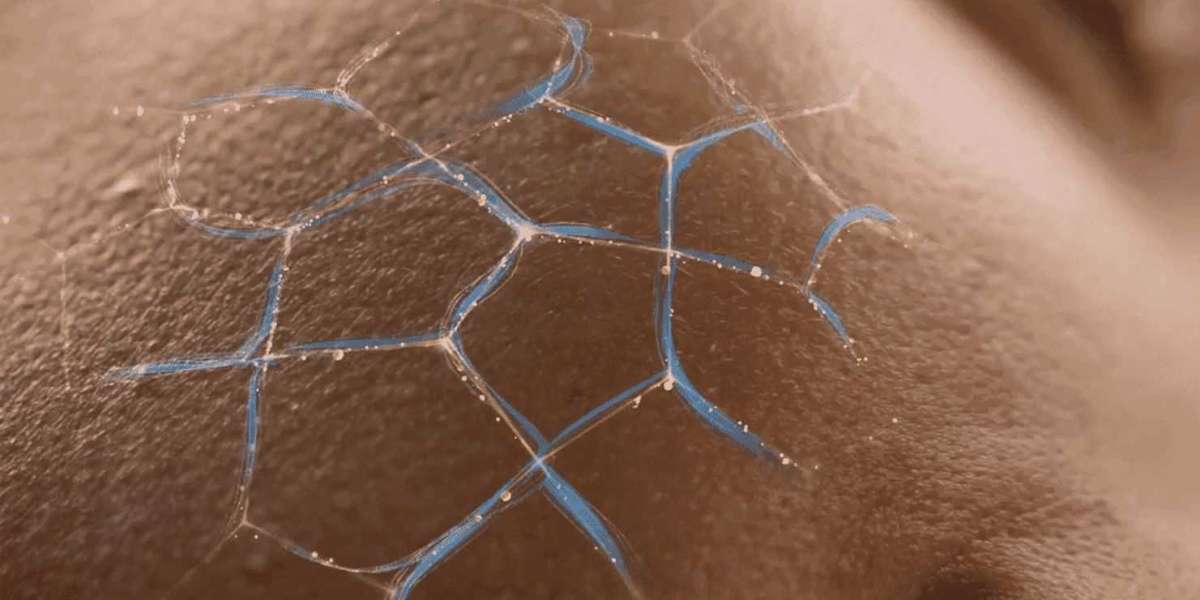Degradome sequencing, also known as parallel analysis of RNA ends (PARE) sequencing, is a cutting-edge technique that leverages high-throughput sequencing and bioinformatics to investigate the degradation products of mRNA. This method is particularly valuable for identifying the target genes regulated by microRNAs (miRNAs), which are small, endogenous non-coding RNAs approximately 22 nucleotides in length. miRNAs play crucial roles in various biological processes, including cell proliferation, apoptosis, differentiation, metabolism, and responses to environmental stresses such as drought and high salinity.
The significance of degradome sequencing lies in its ability to provide a more accurate and reliable identification of miRNA target genes compared to traditional bioinformatics predictions. By directly analyzing mRNA degradation fragments, researchers can validate miRNA interactions with target genes more effectively, thus simplifying subsequent experimental validation.
Principle of Degradome Sequencing
The underlying principle of degradome sequencing involves the action of Argonaute (AGO) proteins, which cleave target mRNA sequences at a specific site determined by the complementary region of the miRNA. This cleavage results in two fragments: a 5' fragment, which remains intact due to the protective 5' cap structure of the mRNA, and a 3' fragment that is ligated to a 5' adaptor by RNAse, allowing it to be sequenced. The 5' adaptor contains an endonuclease, MmeI, which cleaves the RNA at a defined distance from the recognition site, generating fragments suitable for sequencing. The final degradome sequences, typically around 50 nucleotides in length, are then analyzed to identify the target genes.
Workflow of Degradome Sequencing Data Analysis
The workflow for analyzing degradome sequencing data involves several key steps:
- Capture of Cleavage Products: The miRNA-directed cleavage products are isolated.
- Reverse Transcription: The 3' cleavage products, now attached to the 5' adaptor, are reverse transcribed into complementary DNA (cDNA).
- Amplification: The cDNA is amplified through polymerase chain reaction (PCR).
- Digestion: The PCR products are digested with MmeI to produce fragments of 20-21 nucleotides.
- Ligation and Amplification: Cleaved products are ligated to a 3' double-stranded DNA adaptor, followed by another round of PCR amplification.
- Library Construction: The final product is gel-purified to construct a library of the 3' end-cut fragments generated by miRNA cleavage.
- High-Throughput Sequencing: The library undergoes high-throughput sequencing.
- Data Processing: Adapter sequences are removed, and the target sequences are aligned with the genome or cDNA of the sequenced species.
- Analysis: The sequences are compared with small RNA databases, and base complementation is performed to identify corresponding miRNAs and their target genes.
Applications of Degradome Sequencing
Degradome sequencing has a wide range of applications in molecular biology and genetics:
- Identification of Novel miRNAs: This technique allows for the rapid and accurate identification of new miRNAs and their target genes through reverse sequencing of the degradome.
- Detection of miRNA Target Genes: The primary application of degradome sequencing is to detect which genes are cleaved by specific miRNAs. Understanding these interactions helps elucidate downstream effects and regulatory mechanisms, often supplemented by Gene Ontology (GO) and Kyoto Encyclopedia of Genes and Genomes (KEGG) annotations.
- Quantitative Analysis of miRNA Target Genes: Unlike traditional methods, degradome sequencing enables quantitative analysis of miRNA-directed cleavage, revealing which sites on target genes are primarily affected.
- Investigation of miRNA Processing Patterns: The technique captures RNA with a 5' phosphate group, allowing researchers to analyze the processing of miRNA precursors and identify potential degradation pathways.
- Research on miRNA Self-Regulation: Degradome sequencing data can uncover instances where miRNA precursors are cleaved by their own mature miRNAs, indicating feedback regulation mechanisms.
- Integration with Other Sequencing Data: Combining degradome sequencing with small RNA-seq and transcriptome data provides a comprehensive view of transcriptional regulatory mechanisms, enhancing our understanding of gene expression regulation.
Conclusion
Degradome sequencing represents a powerful tool for the study of miRNA interactions and gene regulation. By providing a detailed understanding of mRNA degradation patterns and miRNA target identification, this technique opens new avenues for research in molecular biology, genetics, and biotechnology. As the field continues to evolve, the integration of advanced bioinformatics tools and databases will further enhance the capabilities of degradome sequencing, facilitating discoveries that could lead to significant advancements in our understanding of gene regulation and expression.

